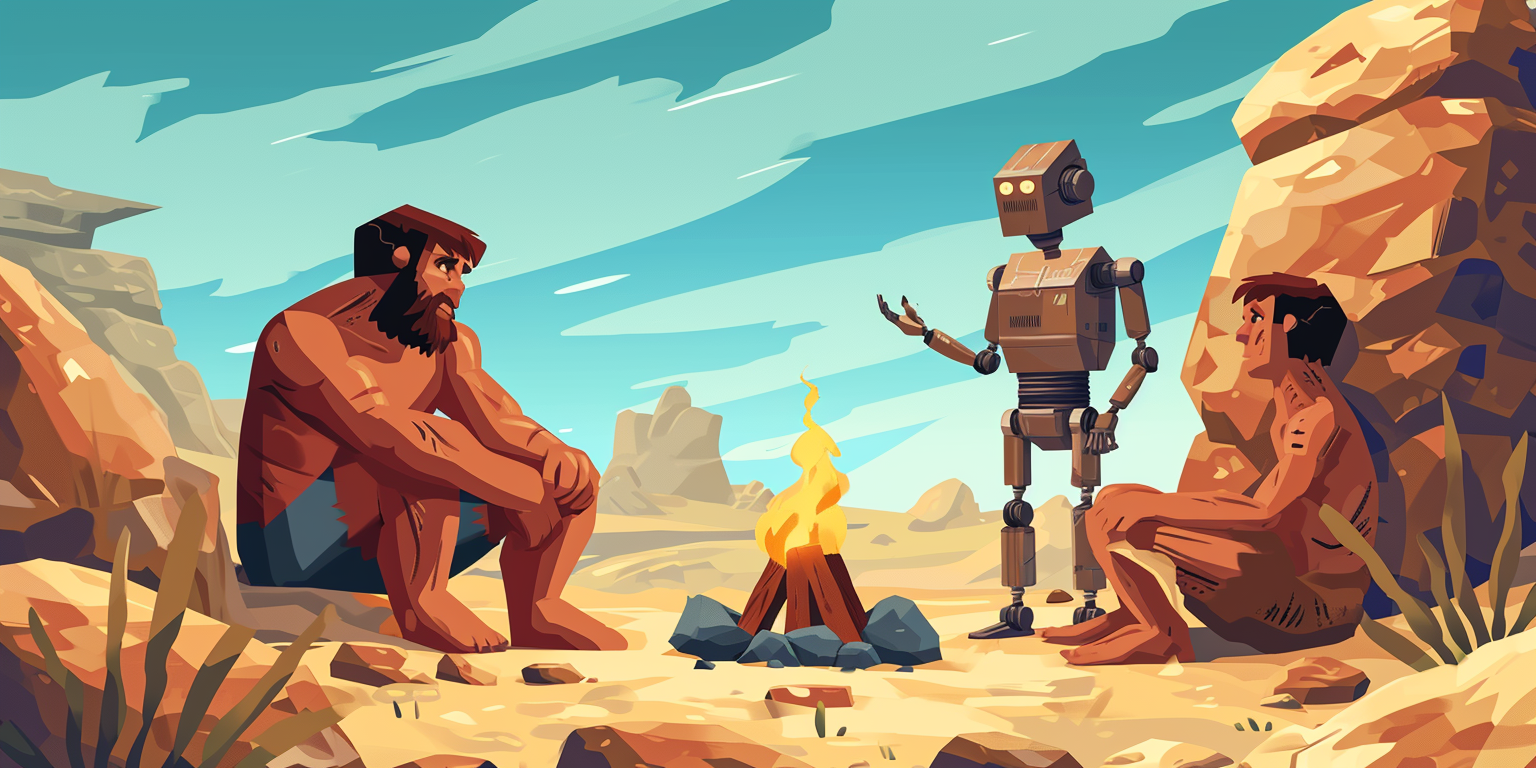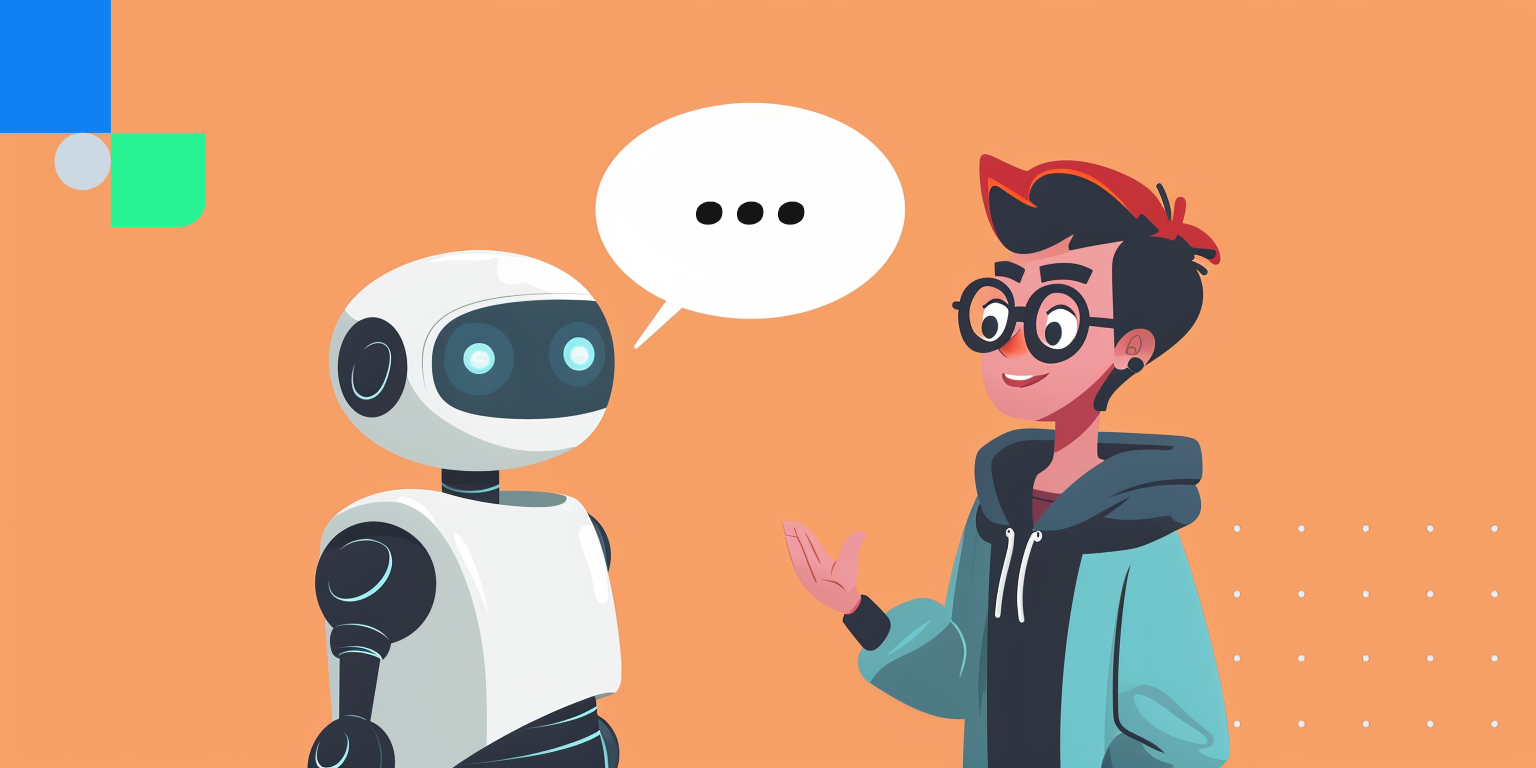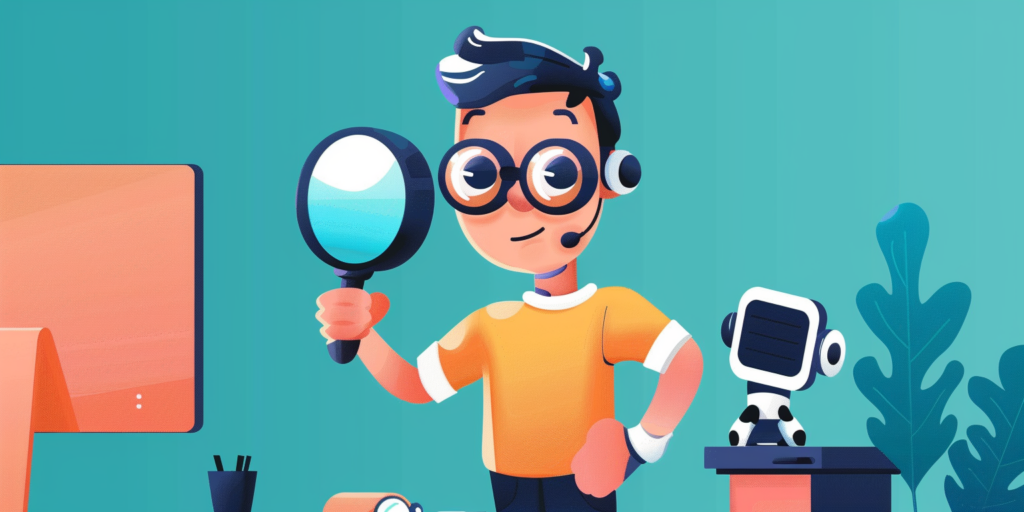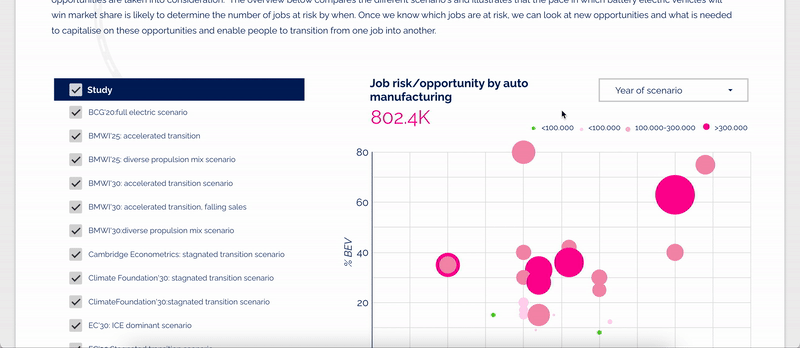Chatting up a Storm
The past year we have seen technological advancements that are radically reshaping how humans interact with digital systems. From intelligent assistants to chatbots, all driven by the advent of Artificial Intelligence.
You may think this is a blogpost about AI, but not really. Today I will be talking about: Conversation.

200.000 years
You see, conversation is how humans interacted during all of their existence, and the principles we use when we communicate should be used to make machines play by our rules. But unfortunately, when we talk with bots today, they don’t always make it easy for us to reach our goals. Artificial Intelligence struggles with understanding us if our prompts are not clear enough.
So how can a good conversation help? Glad you’re asking! A conversation is an interface, in fact, it is the oldest interface. And a good conversation is more than an exchange of well-formed phrases. It’s all about reaching an agreement and it only succeeds by cooperating towards a goal.
Is there anything left to improve? Well, there is obviously something we can learn from 200.000 years of talking to each other.
Say hello to: Conversational Design.
“If we believe machine intelligence will make our applications smarter, they might as well just start talking to us.”
– Roy Bahat of Bloomberg Beta
As designers we aren’t just programming a bunch of responses. It’s a creative process. Like architects who devise the engaging banter between humans and machines. We shape the conversation, making sure that interacting with a machine feels just as cozy as chatting with a friend over coffee.
- Understanding human speak: We don’t always say things straight. We use slang, we make jokes, and we expect the other side to ‘get it’. That’s a tough job for a bot, but conversational designers are on it, teaching bots the subtleties of human talk.
- Making bots less robotic: Nobody wants to talk to a machine that sounds like, well, a machine. Designers add a pinch of personality to make sure bots are not just smart, but also kind of charming.
- Guiding the flow: Ever been in a conversation that feels like you’re just going in circles? Frustrating, right? Designers craft conversations that move smoothly, helping us get things done without the runaround. Also, when to get a real human to step in.
- Ethics and empathy: These designers don’t just think about how bots talk, but also about how they should behave. They’re the guardians of how bots handle sensitive topics and respect privacy.

Now, how do we get there?
Well there are 5 conversational pillars for humanizing AI:
- Quantity: Don’t overload systems with information
- Quality: All information must be true
- Relation: All information must be relevant
- Manner: Info must be brief, orderly and to the point
- Polite: This one speaks for itself
Keep these pillars in mind and you are well on your way to create a more human-centered conversation in any type of interface.
Why is it such a big deal?
Soon bots, assistants and AI will become our go-to for everything from shopping to support. So skilled designers will be needed to make sure all those conversations are tailored to human needs. Not just transactional, but enjoyable, effective, and maybe even enlightening.
So next time you’re talking to a bot and it cracks a joke or helps you out just the way you needed, take a moment to appreciate the designer behind the curtain. Because more than AI, we are the ones shaping the future. A future where tech doesn’t just serve us; it understands us to create the best user experience.


